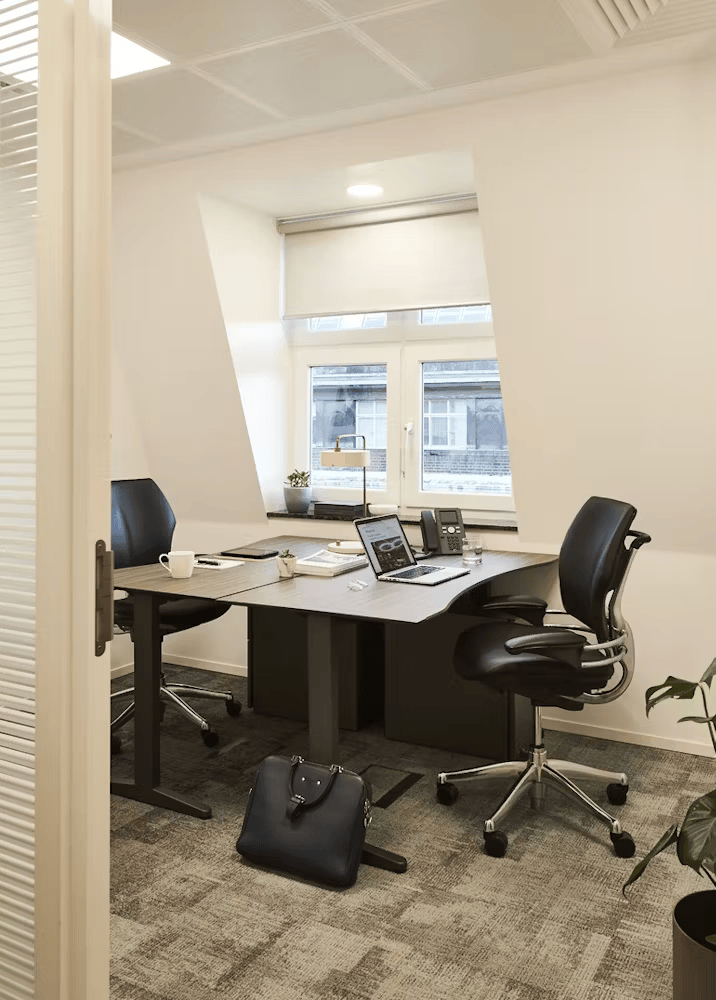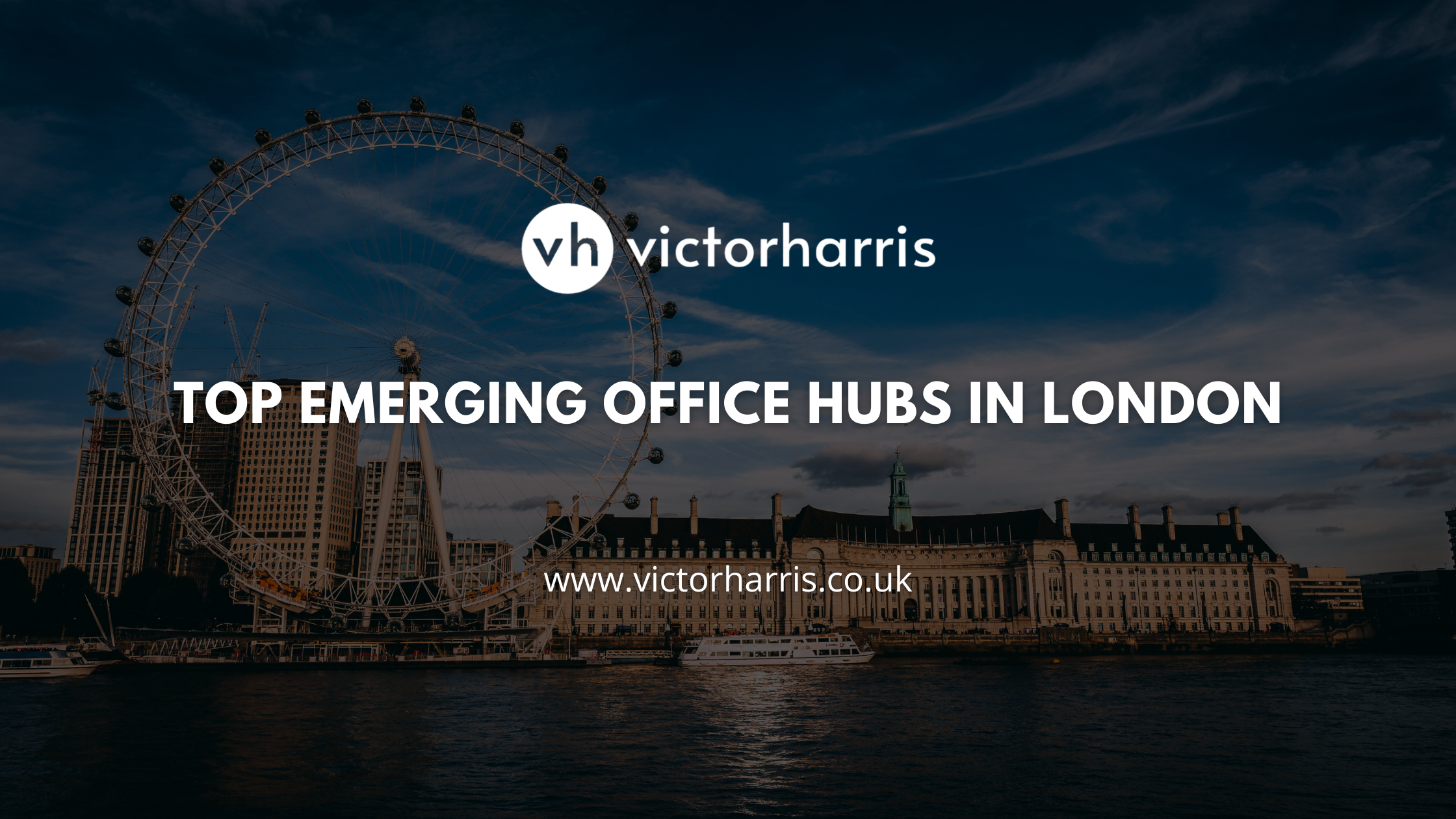8. Inclusive Policies Embedded in Design
The design of inclusive spaces is complemented by policies that reinforce equitable treatment and access:
- Training and Awareness Programs: Educating employees about inclusive office features and encouraging respect for diverse needs supports overall inclusivity.
- Feedback Mechanisms: Implementing anonymous feedback tools allows employees to voice their experiences with office designs and suggest improvements.

Why Inclusive Design Matters
An inclusive office space is not just a trend—it’s a strategic advantage. Employers who create environments where everyone feels welcome and supported will see greater productivity, reduced turnover, and enhanced collaboration. Furthermore, fostering inclusivity aligns with corporate social responsibility goals, demonstrating a commitment to social equity and well-being.


 Back to News
Back to News













